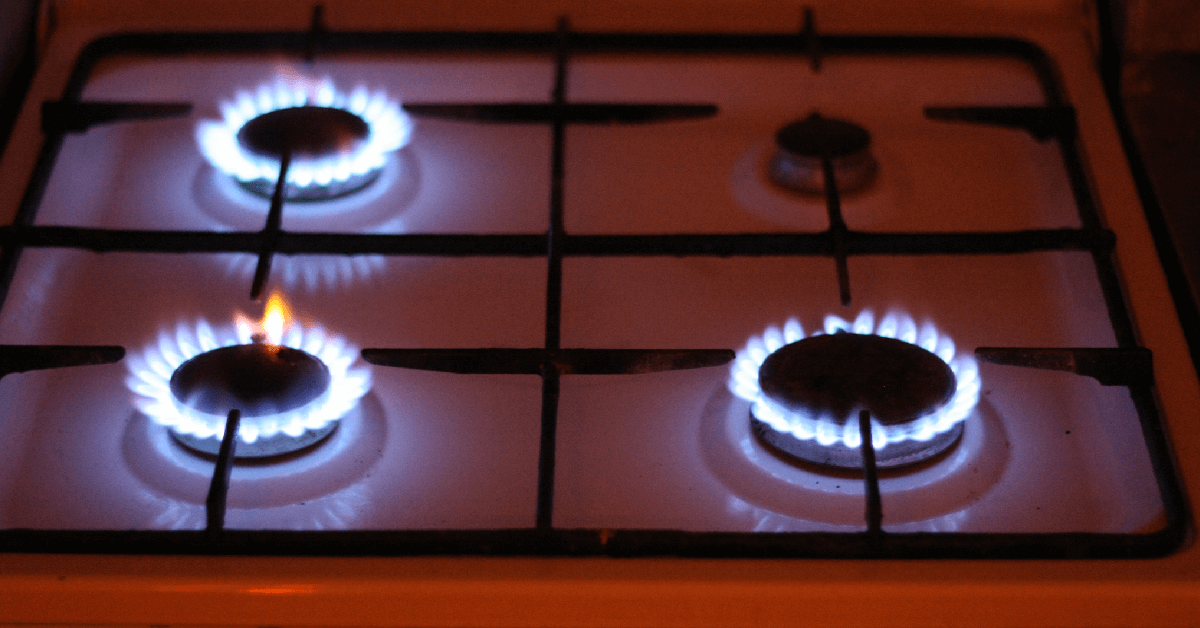Scientists Are Warning That Gas Stoves May Be Linked To Childhood Asthma And Adult Cancer
When it comes to cooking in the home, you really can’t do it without an oven. That being said, you do have choices and the primary choice is either to have an electric range or a gas stove.
Did you realize that almost 40 million households in the United States use gas stoves? Many would argue that it is a much better alternative and can be used for cooking some fine cuisine at home.

Now that the situation has been looked into a little closer, however, it seems as if there may be a reason to turn off the gas and purchase an electric range. After all, scientists are saying that having a gas stove could be behind asthmatic children and could put you at risk of cancer.
According to The Conversation, an environmental health professor at Boston University, Dr. Jonathan Leavy, claims gas stoves can cause indoor pollution. That pollution, which is from nitrogen dioxide, can damage the lungs.
He refers to the pollutant as a “byproduct of fuel combustion.” Most of us would not really think much about it, but when you consider the enclosed area where the gas is building up, you begin to see how we could be at risk.

There are a number of factors that can make a difference in the possibility that health problems would occur. Some factors that could make a difference include the size of the home and how much ventilation is available.
In either case, when nitrogen dioxide builds up in the air, it is similar to standing along the freeway. Nobody would think that was a healthy alternative.
What might surprise you about gas stoves is the possibility that they keep leaking toxic fumes, even when they are turned off. This might include methane, which can also lead the breathing problems and a rapid heartbeat. Benzene is another chemical that is reportedly released by gas stoves that is carcinogenic.

Dr. Leavy spoke with The Conversation, saying: “Nitrogen dioxide exposures in homes have been associated with more severe asthma and increased use of rescue inhalers in children. This gas can also affect asthmatic adults, and it contributes to both the development and exacerbation of chronic obstructive pulmonary disease.”
According to the New York Post, Brady Seals is a co-author of a study from the Rocky Mount Institute who references the possible health risk from those toxins. He referred to them as “invisible odorless pollutants.”

In 2013, researchers from Yale University pinned things down a little further. In an academic paper, they said that an increase of five parts per billion of NO2 can increase asthma in the household. People were 42% more likely to develop asthma when they used a gas stove.
Combustion engines are the biggest polluter of NO2 but since you are cooped up inside of the home, a gas range is also potentially problematic. That could be true, even if you open a window.
Methane is another one of the gases that are known to be a carcinogen. It is linked to leukemia and although it may exist in the environment, many households have methane leaks and they don’t even know about them.

Breathing issues may result from methane exposure, including shortness of breath. Other health problems may also be associated with methane exposure as well.
In the end, Dr. Leavy says that you can reduce your carbon footprint and have cleaner air inside of your home if you simply make the switch to electric.













